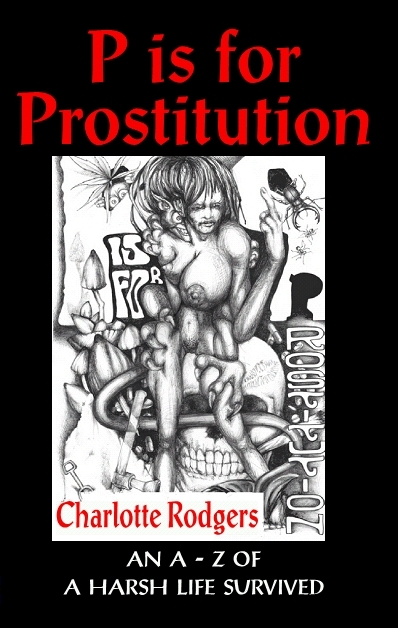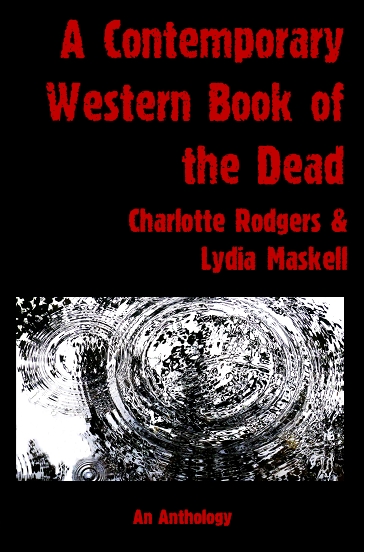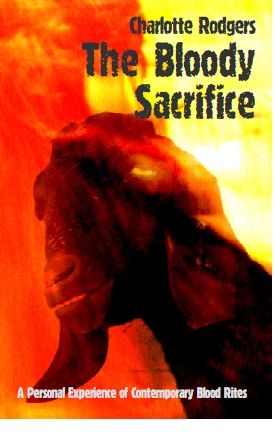
Since deciding to transcribe my ideas and experiences on animism and my art, I have become strangely resistant to writing anything down on the subject. My creative process has stalled when it comes to working with 3 dimensional items, as focus has been transferred to a cerebral dance of lyrical verbiage which runs loops in my head as I drift to sleep or sit on my balcony smoking. Perhaps this difficulty in writing my thoughts down is just pure laziness, however I suspect that as my art is primarily a non-analysed automatic process, I simply dislike the process of dissembling; viewing it as a destruction of intuition that interferes with my hands on work.
Yesterday I was playing with some disparate bone fragments and moving random pieces together on a potter’s wheel, viewing how they looked from different angles and formations. Later I was thinking about this process and how if I managed to capture the movement of the bones, I was able to express a moment in time when a lived life interacted with the environment to express a specific personality. I realised this motion was an expression of a dialogue with surrounding realities, and encapsulating this glimpsed moment, was capturing just a fragment of an alphabet of expression and a minutiae of a language that could over a long period of time, convey an encompassing language of life.
I’ve been working recently on a large sculpture containing a Victorian female pelvis. In this bone, movement had dictated an obvious decay, illustrating a person who experienced a lifetime of heavy weightlifting and manual labour and in later years suffered severe joint pain and limited mobility. The bone and the struggles it conveyed also generated in me an empathy which connected me to the someone who in their latter phases of life, had moved with difficulty and discomfort within their surroundings. This empathy connected me not just to the bone, but its lived environment; the place and time that the flesh clothed bone had interacted with; a conversation that opened a multi dimensioned gateway to understanding that I was tasked with expressing through creative translation.
This is what animism is about, awareness, recognition and acknowledgement, and perhaps most of all, a dialogue of empathy. A conversation that dances with my own experiences and has the ability to articulate in a new, richer language; a tender language that is never static but like the proverbial snowball, grows constantly.
Why is so difficult for contemporary humanity to recognise animist belief systems? The approach is not structured in an alienating, hierarchical manner so the human intellect is beholden to a specific god form or accompanying belief system. If anything, the perspective encourages a feeling of security in belonging. Animism has admittedly, often been considered as being synonymous with ‘primitive beliefs’, and it seems to be conditional that as society advances we grow in ego and concepts of superiority that constrain us into smaller world views that are only inhabited by people on our own wavelength. This ensues a lack of empathy for inhabitants of a differing reality, bringing with it a greater ability to exercise power without consequence, guilt or shame.
When humans do experience empathy and compassion we have an inherent need to express it; and this is another facet of the dialogue or dance, of life, action and reaction; if we do not express this connection we manifest some form of suffering.
As a run on from the above thoughts, I feel it is important to touch briefly on the related topic of magical art (although perhaps this will need a whole new blog post to articulate fully).
I have been asked before if my art is magical, and recently there was a call out for papers on the subject (in this particular incidence it was related specifically to surrealist art) although I’ve been thinking over the question for some time; for years in fact.
With my own work, it is impossible to answer, as it is so subjective. On occasion my art has contained magical symbolisms, be they traditional folk correspondences or more ritual ones. This was done both consciously and unconsciously, either because they are part of the layering of my own experiences and interests and beliefs onto the art work, or because I was making an item with an intention of sorts. In all cases my method included awareness of the life force inherent within the pieces, and the conversation that could be woven through combinations that would effect a new, directed dynamic.
When I create something it is never planned. There may be an intention or general purpose or theme but I let the constituents of my pieces communicate that. I am always collecting potential ‘ingredients’, natural and man-made remnants and relics. When I feel the need to make, I rummage through them and play and let their voices talk to me; I act as a vehicle for their expression of my needs and we have a pact of sorts; I give them a voice, and they give me a means to articulate. After the piece is finished I stepped back and can analyse how the movement of communication has evolved and to an extent, what each constituent has contributed.
On a more general level I would think that magical art is creative process that demonstrates the need on the part of the artist to express and acknowledge, and the necessity for a response on the part of the viewer. The artwork is a catalyst that triggers response, and with response comes a continuous process of change that gives recognition to what is, thus laying a basis for what can be.




Brilliant article, Charlotte! Very much conveys my own experiences with clay art. And although I define myself as Christian, I am very much an animist and find no contradiction or clash in those experiences. Looking forward to more of your thoughts on your art. Is this for an upcoming book on your art? I hope so! Love from me, the rats, mice, birds, and a 🦔 xx
Thank you so much! I’m trying to pull my ideas together for a zine or booklet or a…something…not sure what as yet, so am simply starting the process. I love working with clay, it is the most beautiful flow of being, connection and channeling. Love to you too, great to hear from you (and your glorious accompaniment of creatures).